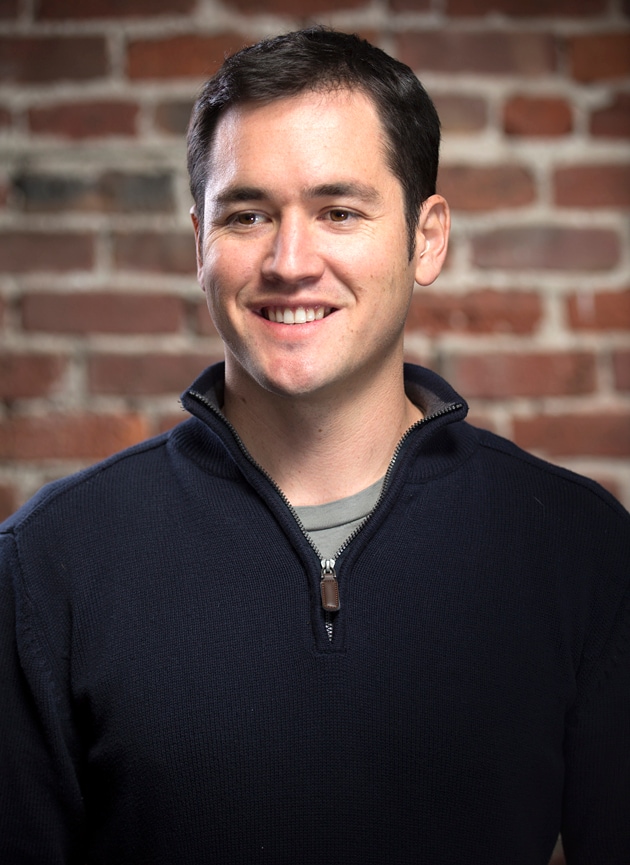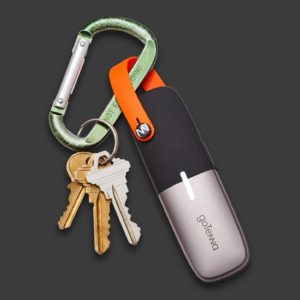Some people might be familiar with the location app Life360. To many teenagers, it is the bane of their existence. Parents use the app to track their kid’s exact location. They can thank Chris Hulls for creating the app.
Chris Hulls: Creator of Life360
Originally, Hull started in the United States Air Force. During his service, the government established a website to help locate missing family members in disasters after Hurricane Katrina. The site was ineffective.
After Hulls pulled out of the military, he went to college and was accepted into Harvard Business School. He, however, decided not to go after a health issue. While undergoing treatment, Hulls remembered the ineffective government website and started thinking. He developed the idea for Life360 and bounced the idea off a few friends.
Hulls began by outsourcing the technological development in India. It ended up as a failure. He tried again after winning “Google’s Android Challenge”. From the competition, he won $300,000 which helped him make Life360.
Despite the app being created, Hulls almost failed again. He was dead broke: he lived in his mom’s house and was making $700 a month. The app had very few users. In the beginning, the smartphone had just been created. People did not know how to effectively use apps. He and his team managed to limp by for 2 years. After some improvements and a few years for the world to adapt to smartphones, business began to pick up. Now, Life360 has about 30 million active users according to a 2022 article.
Life360 still faces plenty of challenges. The app has caused lots of controversy. The Washington Post wrote an article on how parents use the app to track their children. Life360 also received backlash after Markup exposed the company for selling information to data brokers. This caused the company to adjust its policies, but Life360 continues to have 50 million users.
While Chris Hulls barely qualifies as a millennial since he was born in 1985, he is certainly an entrepreneur. He conceived an idea years ago and stored it in his memory. When he faced health issues, he used the time to think about his idea.
“What felt like a set back in my life was actually time to incubate an idea that inspired my career.”
He changed his life plan and developed the idea. Although he struggled in the beginning, Hulls persevered for years. Even after his success, Hulls continues to adapt and change Life360 to make it better.
What is Life360? | About Our Company & Our Mission
Life360 is getting out of the business of selling precise user location data – The Verge









 events. LifeProof’s popularity frightened its competitor OtterBox in 2011, shortly after their debut, a patent suit was filed by OtterBox against LifeProof; however, by 2013 LifeProof agreed to be acquired by OtterBox at an undisclosed price.
events. LifeProof’s popularity frightened its competitor OtterBox in 2011, shortly after their debut, a patent suit was filed by OtterBox against LifeProof; however, by 2013 LifeProof agreed to be acquired by OtterBox at an undisclosed price. people get into this community they created an app that allows people to record their own podcasts with just their phone. This idea came to Ownbey when he and his friend trying to start their own podcast. They were very excited for it, but soon realized how difficult creating a podcast actually was. He said that they would spend so much time editing with the mechanics or learning ProTools that they ended up getting frustrated and giving up on the idea as a whole. However, the silver lining to this was that Ownbey, unlike most people, saw opportunity in his frustration. He realized that if he had this much trouble creating a podcast, then others probably have had the same issue as well. Thus, Bumpers was created to help regular people, like Ownbey and his friend, generate their own podcasts on a simple platform.
people get into this community they created an app that allows people to record their own podcasts with just their phone. This idea came to Ownbey when he and his friend trying to start their own podcast. They were very excited for it, but soon realized how difficult creating a podcast actually was. He said that they would spend so much time editing with the mechanics or learning ProTools that they ended up getting frustrated and giving up on the idea as a whole. However, the silver lining to this was that Ownbey, unlike most people, saw opportunity in his frustration. He realized that if he had this much trouble creating a podcast, then others probably have had the same issue as well. Thus, Bumpers was created to help regular people, like Ownbey and his friend, generate their own podcasts on a simple platform.
